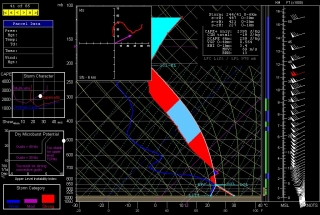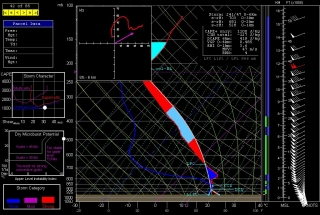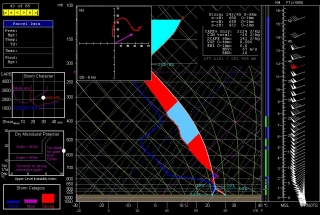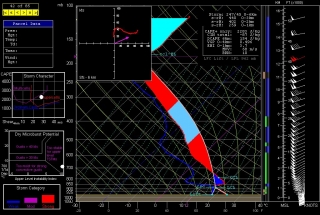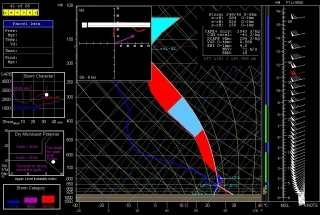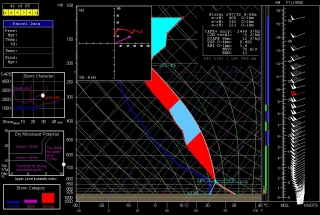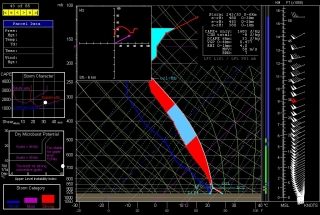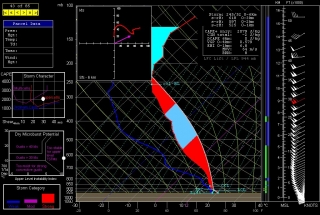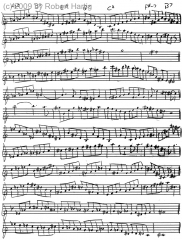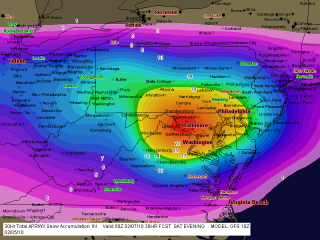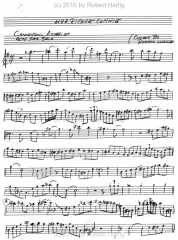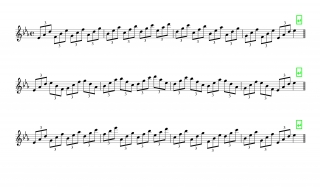Here’s an update on my book of “Giant Steps” licks and patterns.
By now I had hoped to have it available for purchase online as an e-book. However, after getting feedback from a couple friends whose wisdom and musical expertise I highly respect, I’ve decided to take a little more time to do the job right.
Initially, the idea of simply scanning my handwritten practice book appealed to me. I liked the homespun, pencil-and-staff-paper feel. Nothing fancy, just solid practice material that will help jazz musicians get a firm handle on Coltrane changes. For that reason, I had titled the book–and still plan to title it–“The Giant Steps Scratch Pad.”
But there are limitations to the approach I’ve described. For one thing, legibility is an issue in some parts of the scanned material. In the process of copying all of my handwritten material, the scanner was also picking up on smudges and erasures, and it was failing to clearly copy some of the lighter print. After taking up pencil and eraser and editing several pages for better effect, and doing a bit of clean-up work with PhotoShop as well, the result is acceptable. Frankly, I kinda like it, and part of me wants to offer it as is. But I can do better.
So I’m going to get the material properly notated using transcription software. Not only will the finished result look much more polished, but I will be able to offer it for the entire suite of C, Bb, Eb, and bass clef instruments. The scanned approach doesn’t offer that flexibility; I had written the patterns for my own instrument, the Eb alto sax, and the book was what it was.
Taking to heart the advice I’ve gotten, then, I’m taking a step back in order to take “Giant Steps” forward. Hopefully the delay won’t be a long one. I’m eager to get the book published. I just want to make sure it’s everything it can be right out of the starting gate.
So keep your eyes peeled for further developments. The hard, creative work is already done. I just need to explore my options, then take the best one and git ‘er done.
–Bob


